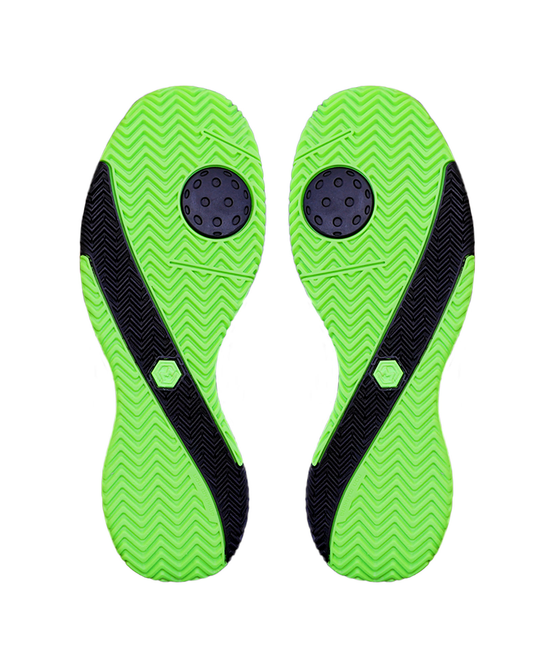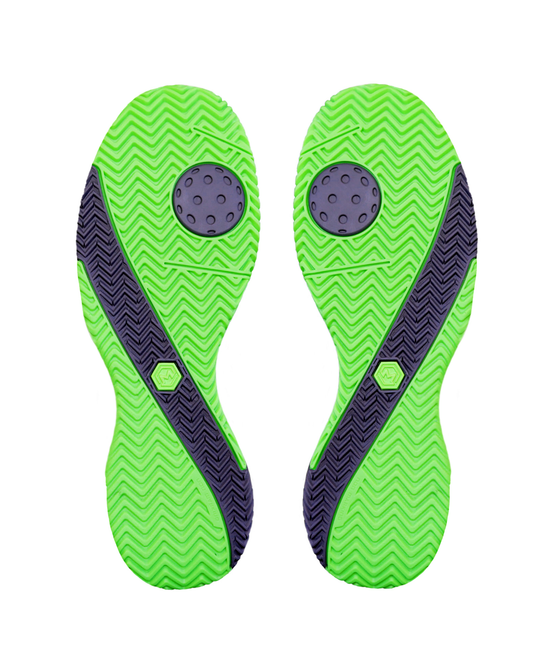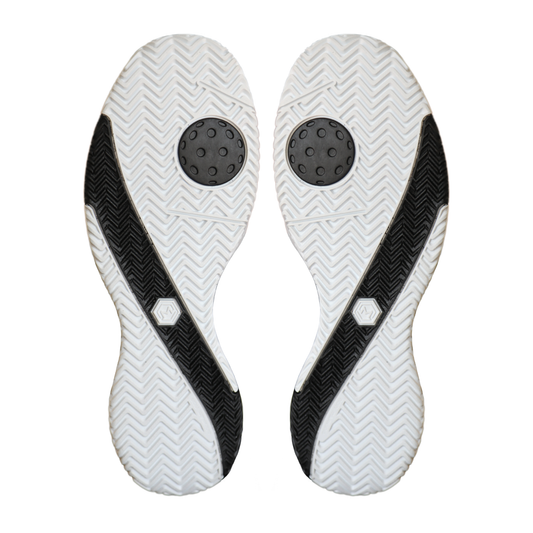Your serve sets the tone of every rally. Learn the pickleball serve rules to start strong and stay consistent.
The Basics of Serving
- Serve underhand, hitting the ball below your waist.
- The paddle must be moving upward at contact.
- Serve diagonally cross-court, landing beyond the non-volley zone line.
- Only one serve attempt is allowed (except in a let).
- You must be behind the baseline, within the side-lines, and have at least one foot on the playing surface at the moment you strike the ball.
Types of Serves:
- Volley Serve: Hit without bouncing the ball.
- Drop Serve: Let it bounce once before hitting.
Common Errors:
- Stepping on or past the baseline during the serve.
- Serving to the wrong side.
- Using a high or sidearm motion.
Montis Tip: Consistency comes from stability and practice. Master your serve, and you control the game. Practice makes perfect — and the right footwear supports every motion.
Which Team Serves First?
Serving Rotation Basics
- At the very beginnning of the game, only one player on the first serving team serves before a side out. This is called the “First Server Exception.”
- To start the game, the score begins at 0-0-2. Meaning the score is 0 to 0 and the second server is serving first. This evens out the first-serve advantage.
- After the first fault (when the serving team loses the rally), service passes to the opposing team - this is known as the first side out.
- From that point on, both players on each team get to serve during their team’s turn to serve, which is called a “service inning”.
Here’s the sequence:
- When your team wins the serve (a side out), the player on the right-hand side of the court always serves first.
- That player continues serving (alternating sides each time they win a point) until their team commits a fault, losing the rally.
- Then, the second partner then serves from wherever they’re positioned.
- When both players have lost their serves, it’s another side out — and the serve moves to the other team.
Example:
Let’s say your team wins the serve back:
You’re on the right side, so you start the serve — that’s Server 1.
You win a few points, then fault (losing the rally).
Now your partner becomes Server 2 and serves from wherever they are.
After their fault, the serve goes to the opponents.
Quick Rule of Thumb: After every side out, the player on the right side of the court serves first — and they are Server 1 for that rotation.
















